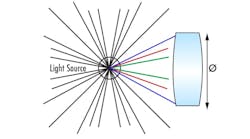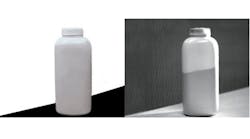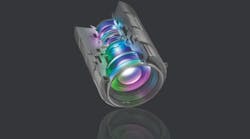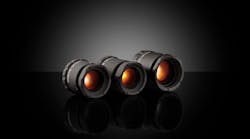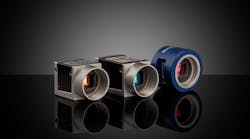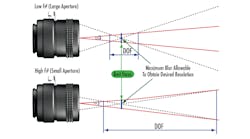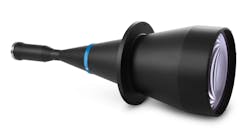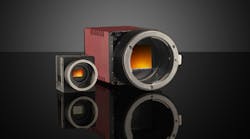Edmund Optics
101 E Gloucester Pike
Barrington, NJ 08007
United States
Barrington, NJ 08007
United States
800-363-1992
856-573-6295
More Info on Edmund Optics
From product design to full-scale volume production, Edmund Optics® Imaging supports customers at each step of the project journey. Edmund Optics' expert team of global designers, project managers, and manufacturing engineers work directly with customers to evaluate designs and deliver award-winning products designed for the most demanding and cutting-edge machine vision applications.
Articles
Buyer’s Guide Listing Information
Click here for listing information and directions on how to add or update your company.
